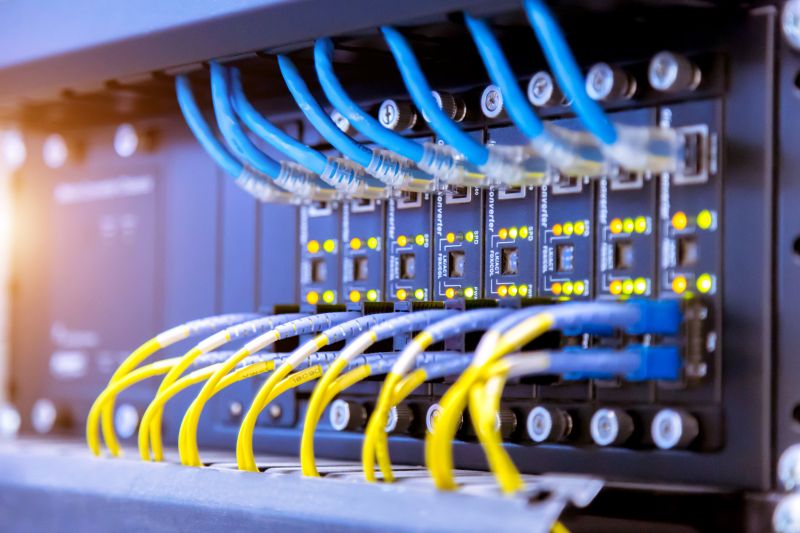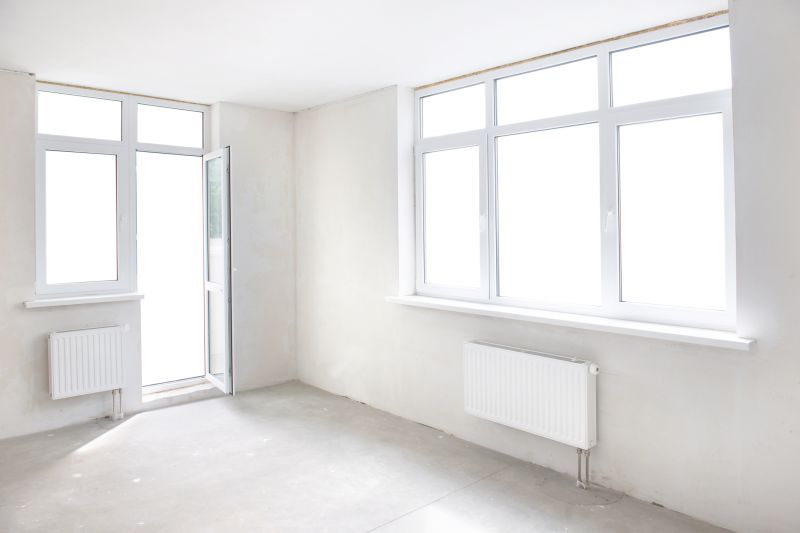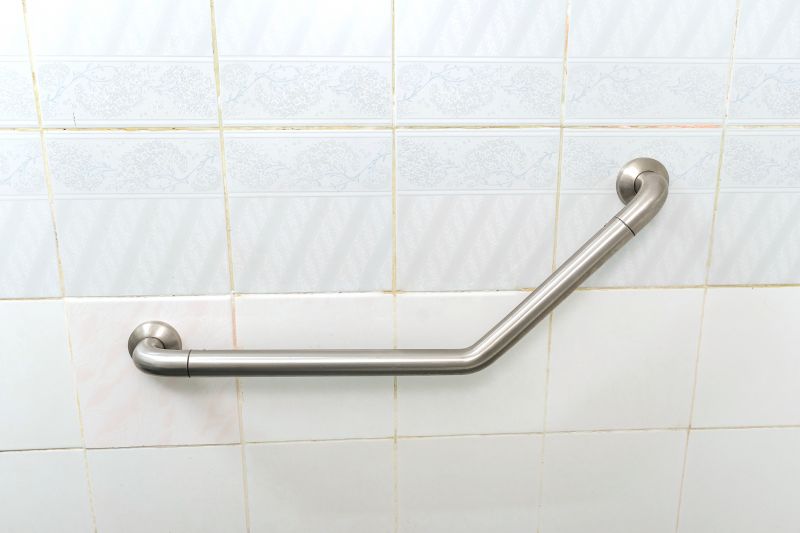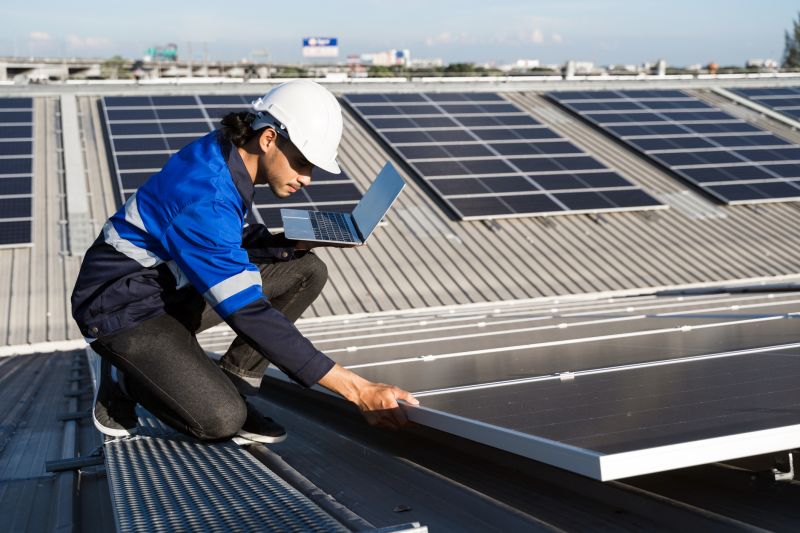Optimal Timing for Windows Installations
Windows installations are often scheduled based on system availability, project timelines, and optimal technical conditions. Choosing the right time can minimize disruptions and ensure a smoother setup process.
Spring and fall are ideal due to moderate weather conditions, reducing the risk of temperature-related issues during setup.
Scheduling during quieter months can prevent operational disruptions, especially for commercial environments.
Performing installations when systems are not under heavy use ensures better focus and fewer interruptions.
Aligning with scheduled maintenance or upgrade periods can facilitate smoother integration.

Technicians carefully installing Windows systems in a professional environment.

Setting up Windows servers in a controlled environment.

Upgrading office workstations with new Windows installations.

Ways to make Windows Installations work in tight or awkward layouts.

Popular materials for Windows Installations and why they hold up over time.

Simple add-ons that improve Windows Installations without blowing the budget.

High-end options that actually feel worth it for Windows Installations.

Finishes and colors that play nicely with Windows Installations.
Windows installations are a critical component of IT infrastructure, impacting system performance and security. Proper planning and timing can reduce downtime and enhance operational efficiency. Statistics indicate that scheduled installations during off-peak hours result in 30% faster deployment and fewer technical issues.

IT professionals assisting during a Windows installation.

Backing up data prior to system upgrades.

Configuring network settings post-installation.

Verifying system stability after setup.

Little measurements that prevent headaches on Windows Installations day.

A 60-second routine that keeps Windows Installations looking new.

A frequent mistake in Windows Installations and how to dodge it.

Small tweaks to make Windows Installations safer and easier to use.
| Best Time for Windows Installations | Key Considerations |
|---|---|
| Spring and Fall | Moderate weather reduces installation risks. |
| Off-peak Months | Less operational disruption for businesses. |
| System Readiness Periods | Ensure systems are prepared for upgrades. |
| Scheduled Maintenance Windows | Align with existing maintenance plans. |
| Support Availability | Ensure technical support is accessible. |
| Before Major Software Updates | Coordinate with update schedules. |
| During Low Business Activity | Minimize impact on productivity. |
Choosing the right time for Windows installations can lead to more efficient deployment and fewer complications. Proper scheduling considers environmental conditions, business operations, and technical support availability, ensuring a seamless upgrade process.

A technician performing a Windows setup in a server room.

Upgrading a desktop with a new Windows operating system.

Connecting new Windows systems to the network.

Verifying system functionality after installation.

Lower-waste or water-saving choices for Windows Installations.

The short, realistic tool list for quality Windows Installations.

Rough timing from prep to clean-up for Windows Installations.

Quick checks and paperwork to keep after Windows Installations.
Interested parties are encouraged to contact for scheduling Windows installations at a convenient time. Proper planning ensures minimal disruption and optimal system performance.




